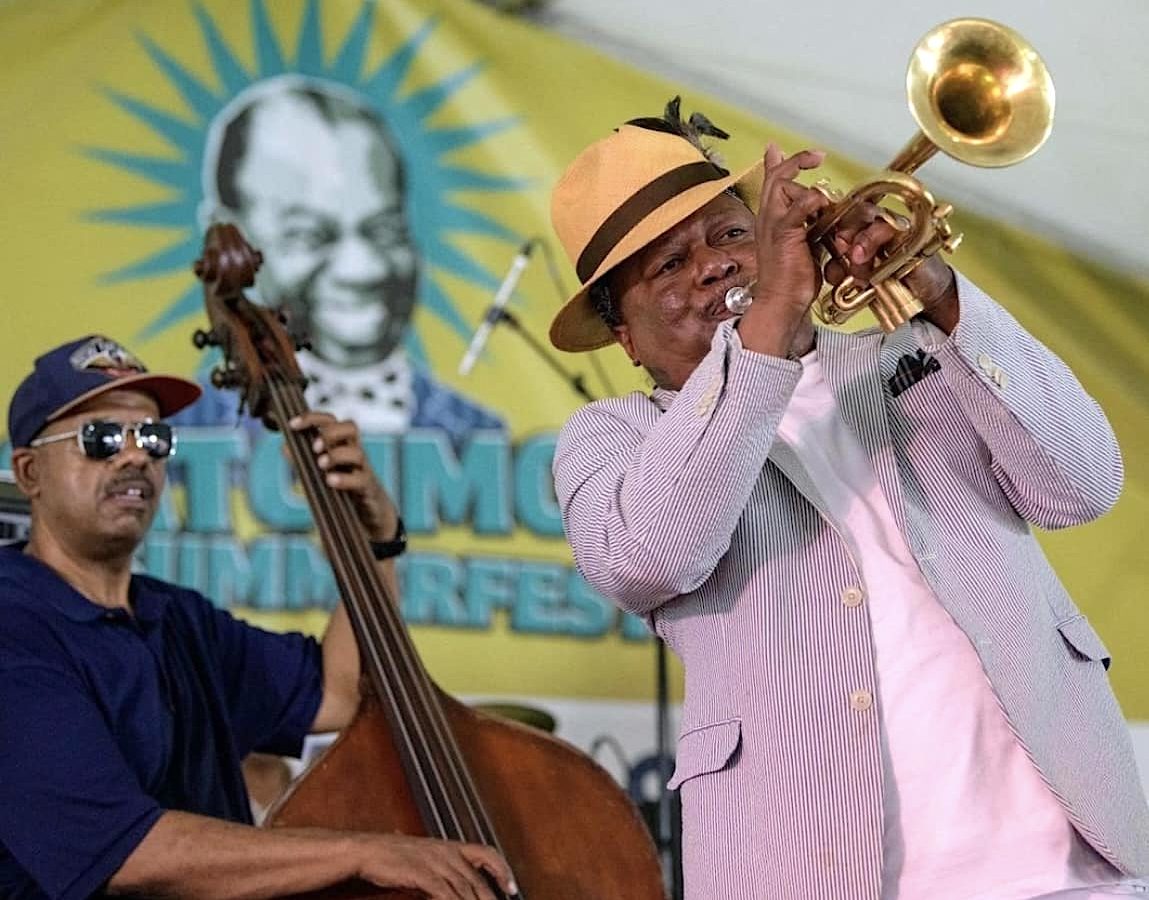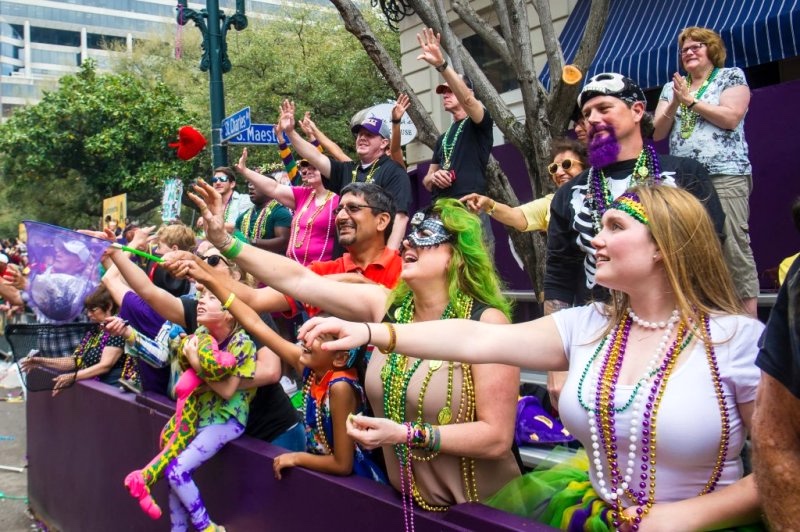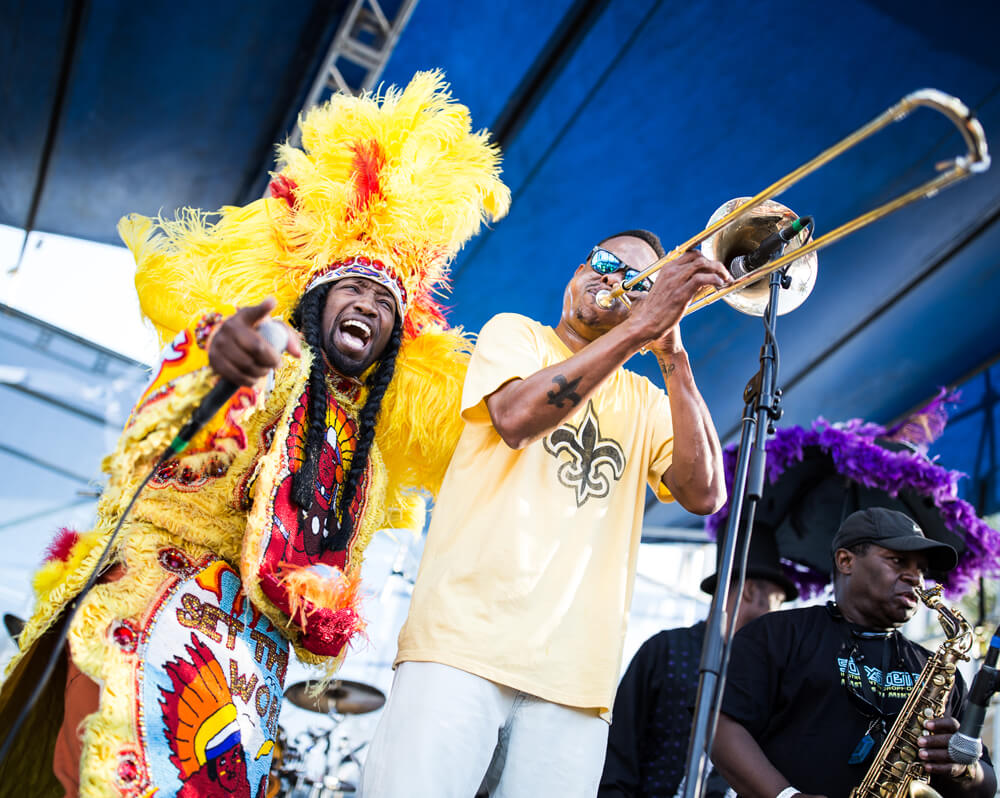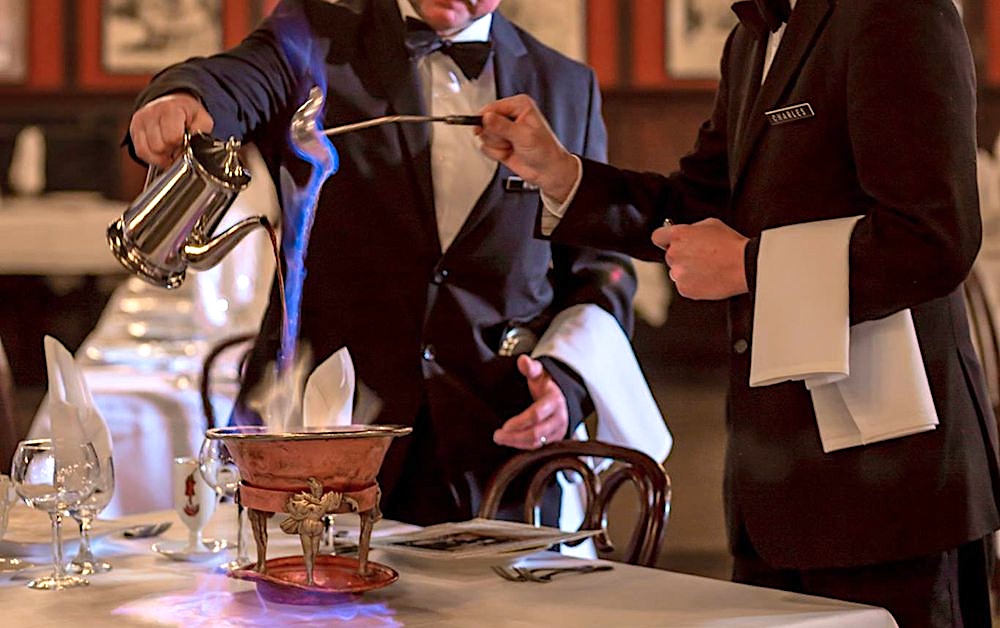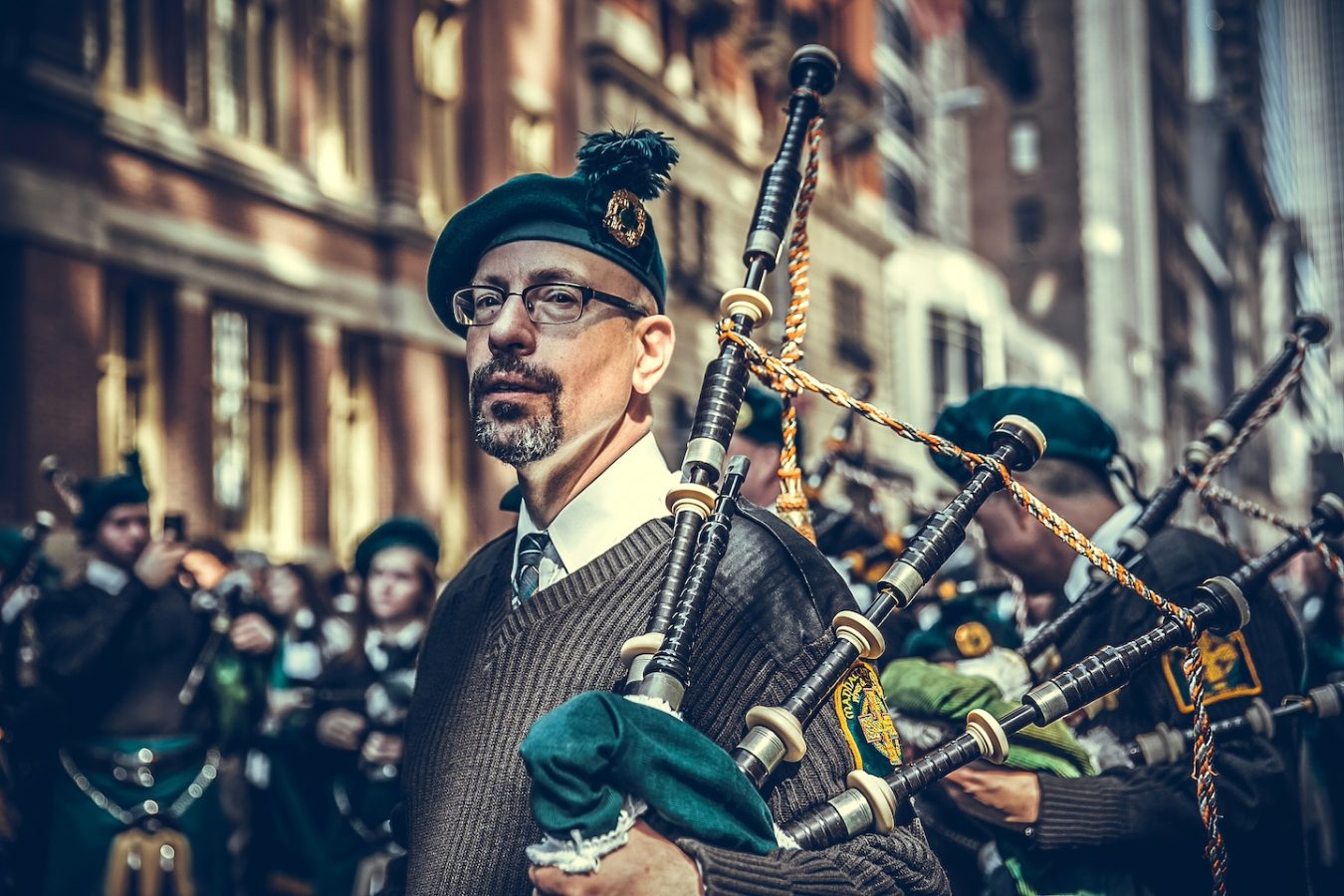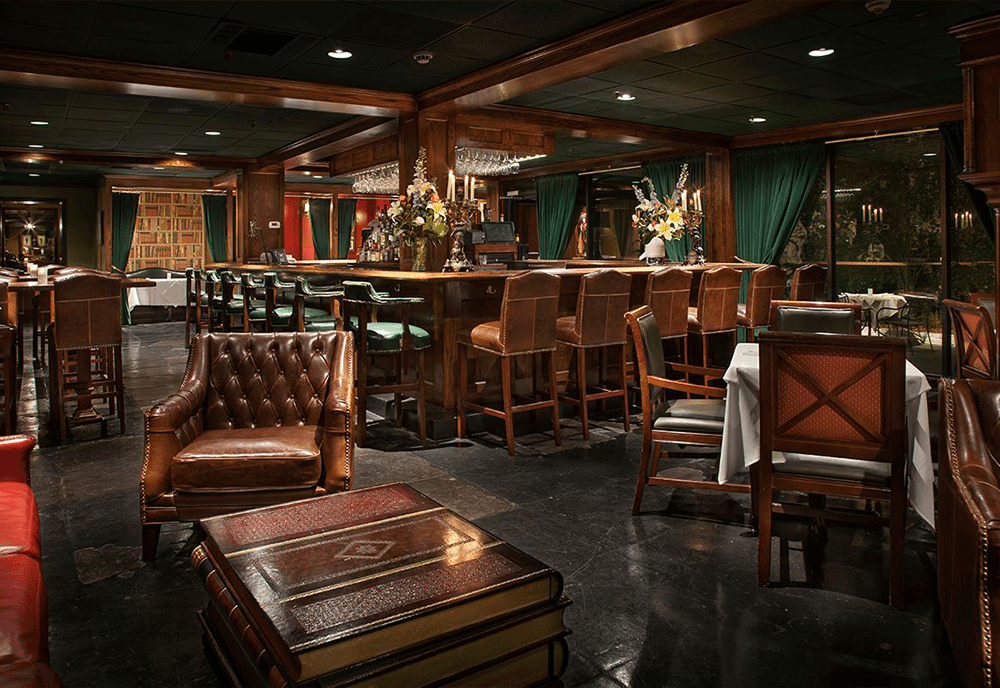Satchmo SummerFest Celebrates Louis Armstrong’s Legacy
Photo courtesy of Satchmo SummerFest on Facebook
Satchmo SummerFest started in 2001 as a tribute to Louis Armstrong, one of New Orleans’ most prominent native residents, on his 100th birthday (“Satchmo” was one of Armstrong’s several nicknames). Ever since the fest remains the August highlight and just the respite we need from the long weeks of summer.
The annual festival, traditionally held over the first weekend of August in the French Quarter (falling on Saturday, August 2, and Sunday, August 3, 2025, this year), is easy to navigate and get to. The fest will be spread over two stages at the New Orleans Jazz Museum (at the Old U.S. Mint).
While the 2025 music and vendor lineups are TBA, the always-stellar music lineup has included in the past the Big 6 Brass Band, Treme Brass Band, Preservation Brass, Jeremy Davenport, Charmaine Neville, The Original Pinettes Brass Band, and more.
Among the festival’s traditional special events, the annual Jazz Mass will again be held at St. Augustine church (1210 Governor Nicholls St.) on Sunday, August 3, at 10 a.m. It’s a popular event, so arrive early if you plan to attend.
Immediately following mass, join the “Satchmo Salute” second line parade, which will make its way from the church to Armstrong Park before secondlining down to Esplanade Avenue and the festival’s grounds at the New Orleans Jazz Museum.
For schedule, lineup and updates, please check the event’s website or its Facebook page.
You may also want to know:
- Admission is free.
- There will be shaded picnic tables on the grounds for dining.
- Parking: For street parking, you may want to look along the stretch of the French Market and at the foot of Esplanade Avenue. There is also a 24/7 parking lot by the French Market along the river. Enter from St. Peter Street.
- Pops’ Playhouse for Kids at the Jazz Museum will have children’s activities.
- No coolers or ice chests, and no outside food or drink, please.
Festival details:
What: The annual Satchmo SummerFest
When: Saturday-Sunday, August 2-3, 2025
Where: New Orleans Jazz Museum (at the U.S. Mint, 400 Esplanade Ave., French Quarter)
Admission: Free
Schedule and food vendors: https://satchmosummerfest.org/
Coming to New Orleans in August?
We’d love for you to stay with us! And if you do, consider booking a guided tour of St. Louis Cemetery No. 1 to experience the hauntingly beautiful past of New Orleans.
For easy, informative sightseeing, we recommend the City Sightseeing New Orleans city tour on the open-top, double-decker bus. It runs every 30 minutes through the Garden District, French Quarter, and CBD. You can hop on and off anytime, and your kids won’t have to do all this walking.
Take advantage of The Brakeman Hotel specials, group rates, and best-rate guarantee for greater savings to spend on New Orleans’ famous cuisine and enjoy everything this magnificent city has to offer. Reserve your room today!

